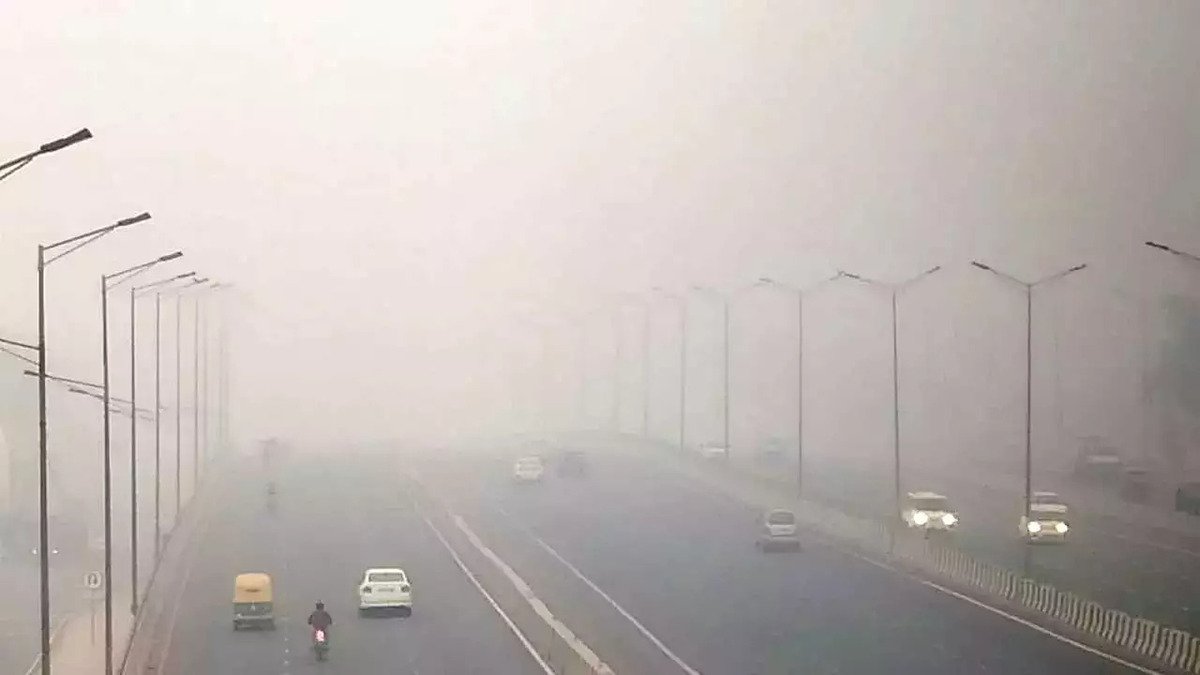Delhi recorded “very poor” air quality on Tuesday after residents defied the ban on firecrackers in many parts of the capital on Diwali night, but the pollution levels for the next day were the lowest since 2015 thanks to favourable meteorological conditions that diluted the effect of the fireworks and stubble burning.
However, the neighbouring cities of Ghaziabad (266), Noida (299), Greater Noida (272), Gurugram (292) and Faridabad (289) reported “poor” air quality. An air quality index (AQI) between zero and 50 is considered “good”, 51 and 100 “satisfactory”, 101 and 200 “moderate”, 201 and 300 “poor”, 301 and 400 “very poor”, and 401 and 500 “severe”.
The firecracker emissions pushed the PM2.5 concentration at most places in the capital over 550 micrograms per cubic metre by 1 am. However, the PM2.5 levels dropped below 150 micrograms per cubic metre by 4 pm due to warm and windier conditions, which are favourable for the dispersion of pollutants.
PM2.5 are fine particles that are 2.5 microns or less in diameter and can travel deep into the respiratory tract, reaching the lungs and entering the bloodstream.
Delhi recorded an AQI of 310 at 11 pm on Monday. It increased to 326 by 6 am on Tuesday, remained stable till 9 am and started decreasing thereafter.
The 24-hour average AQI at 4 pm stood at 303, the lowest for the day after Diwali since 2015, when the Central Pollution Control Board (CPCB) started maintaining air quality data.
Delhi’s AQI on the day after Diwali stood at 360 in 2015, 445 in 2016, 403 in 2017, 390 in 2018, 368 in 2019, 435 in 2020 and 462 in 2021.
Since Diwali was observed early in the season this year, moderately warm and windier conditions prevented rapid accumulation of pollutants from firecrackers bursting and reduced the effect of stubble burning.
Diwali was celebrated on November 4 in 2021 and on November 14 in 2020, when the temperatures were considerably low and the winds calm.
“Early Diwali, with slightly better meteorological conditions and comparatively lower fire counts, had a lower pollution base compared to the last few years,” Sunil Dahiya, an analyst at the Centre for Research on Energy and Clean Air (CREA), said.
“Bursting of firecrackers led to a sharp increase in the air pollution with the PM2.5 concentration, on an average, jumping to 540 micrograms per cubic metre across Delhi by 12:30 am. Several monitoring stations in the capital recorded PM2.5 levels above 950 micrograms per cubic metre between 10 pm and 1 am,” Mr Dahiya told PTI.
























